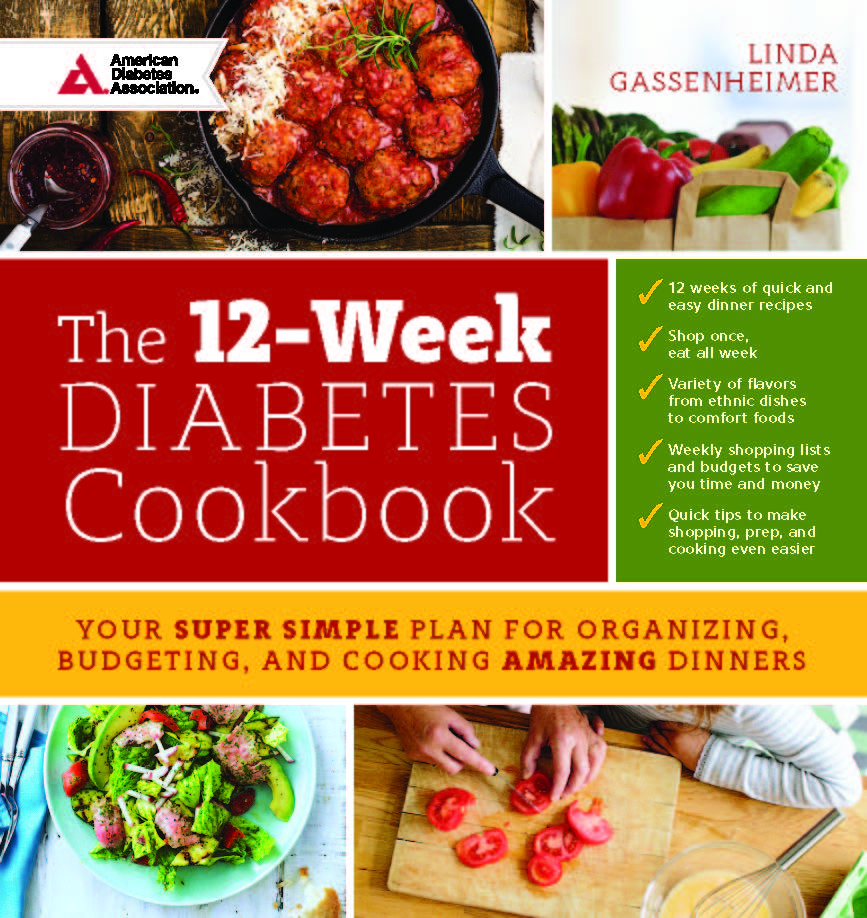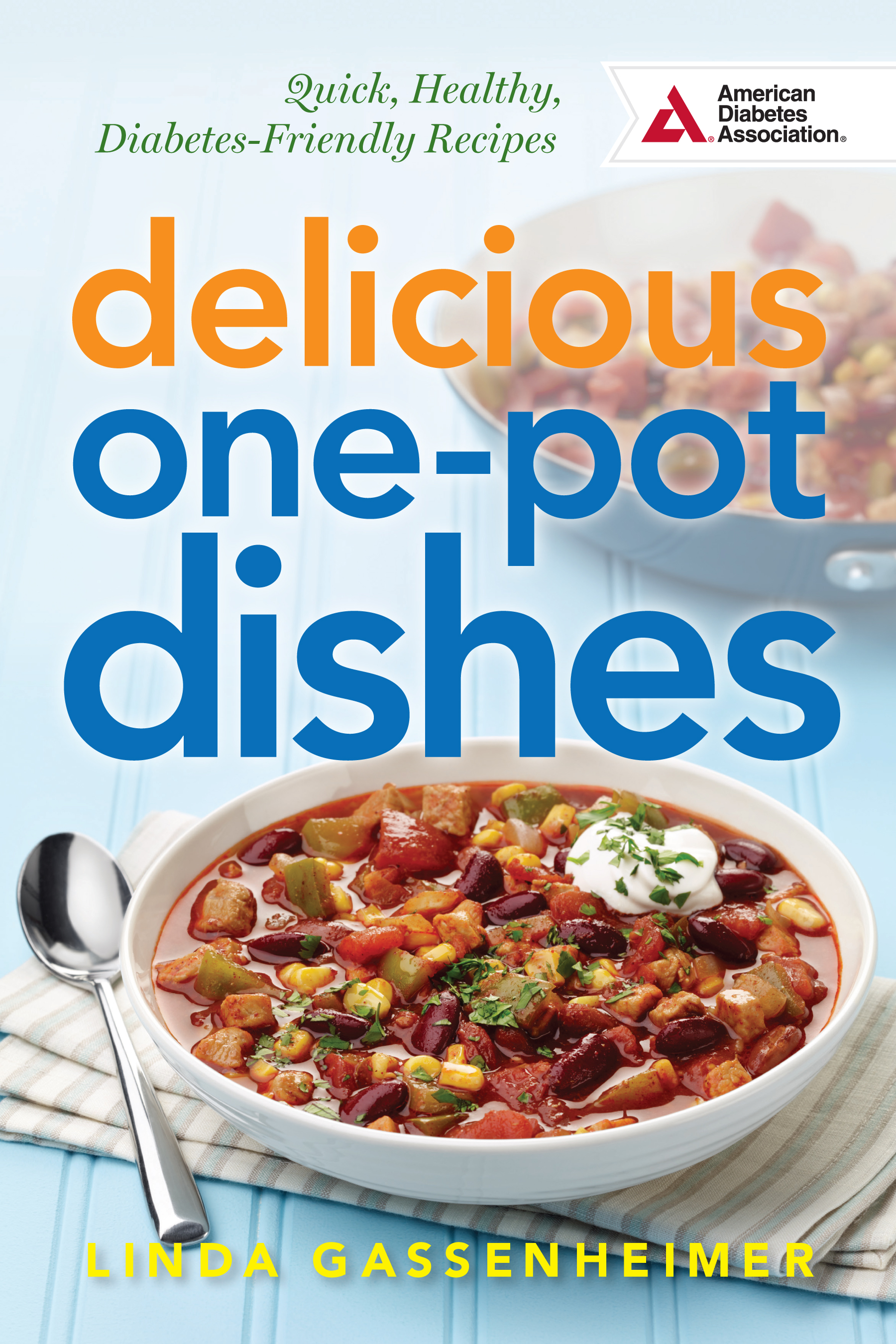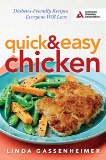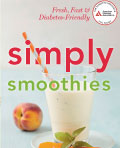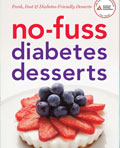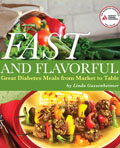Mintel Forecasts Global Food and Beverage Trends for 2008
Those ingredient labels you’re always trying to read may actually become easier to understand in 2008, according to research from Mintel Global New Products Database (GNPD).
Mintel GNPD has also identified nine other innovative new food and beverage trends set to make it big in the new year. These include experimenting with ancient grains, lapping up good old-fashioned tap water instead of bottled and even viewing salt in a more positive light.
1. Bottled Water Backlash
Bottled water has been one of the fastest-growing beverage products ever, with sales in the U.S. having exploded since 2000. But this could all be set to change. Just recently, in the U.S. and Europe, some restaurants have stopped serving plain bottled water. Instead, they are serving a more retro drink, tap water. Mintel predicts that 2008 will be the beginning of a significant backlash against plain bottled water, as consumers become more aware of the environmental impact of shipping water from remote locations to their local supermarkets. We will likely see more functional waters, such as those with added vitamins and calcium, while consumers go back to the tap if all they want to do is quench their thirst.
2. Carbon Footprint
Continuing on the environmental drive, Mintel expects to see major changes in the way manufacturers talk about their food miles and carbon footprints. One of the major barriers here has always been that consumers simply don’t know how many miles are too many or what level of carbon footprint is an acceptable one. So for 2008, Mintel believes that manufacturers will discuss their companywide environmental initiatives instead of just focusing on the carbon footprint of a particular product. As a result, environmental claims will appear on company Web sites, rather than on the products themselves.
3. Fairtrade Expansion
Currently, Fairtrade products are best established in Europe, but this could be set to change. In 2008, Mintel sees more Fairtrade and Fairtrade-certified products appearing in the U.S., Latin America and Asia. While there will be more imports (e.g. European brands sold in those regions), Mintel also expects to see more activity from local companies.
4. Ancient and Sacred Grains
Next year, Mintel predicts that some ancient grains — such as amaranth, quinoa, teff, millet and Kamut — will move from niche markets to mainstream, appearing in products from leading manufacturers. Companies will focus on the whole grain nature of these grains and also on the fact that many are gluten-free. Expect to see more everyday products appearing with these new, yet old grains.
5. Salt – a Positive and a Negative
Today, products with too much salt often get a bad rap. But on a more positive note, companies may follow Campbell Soup’s lead and formulate some of their products with sea salt rather than mineral salt. In addition, “place” salts (e.g. Hawaiian red clay salt) and flavored salts will appear more often on supermarket shelves.
6. Junk-Free Foods
“Junk” is described by consumer activist groups as any additives, preservatives, colors, flavors or otherwise unknown ingredients listed on food labels. While the food industry clearly understands why these ingredients are in our food, consumers do not. Increasingly, and especially in Europe, consumers are demanding that these ingredients be removed from foods, particularly those targeting children. Watch for some companies to expand their “junk-free” labeling, while others find ways to explain the importance of these misunderstood ingredients.
7. Clean Labels
Closely aligned with “junk-free” foods, clean labels contain ingredients easily understood by consumers. Usually they are ingredients that mirror what someone may have in his or her kitchen cabinet. While for some products this may be difficult to achieve, in 2008, Mintel predicts more products with ingredient labels that read like a home recipe rather than a chemist’s shopping list.
8. Transparency Throughout the System
Taking this trend one step further, 2008 will show companies providing consumers with more information than ever before. Manufacturers will increase transparency about where ingredients come from, how they are manufactured and how they are packaged. This ties in with the trend toward more local sourcing of ingredients and a greater interest in a product’s origin.
9. Faux Genomics
We are still a long way from being able to scan an individual’s DNA to determine the correct diet and exercise regime for maximum health and wellbeing. But in the meantime, Mintel does see the beginnings of companies trying to figure out ways to customize products as much as possible. Products that are designed to be consumed all at once, like a daily shot, and that deliver a very specific single benefit will become increasingly popular. For example, a little bottle of drink that controls blood sugar levels for 24 hours.
10. Experiential Shopping
In a world where you no longer just eat, you have a culinary experience and in place of a gift, you often receive a day of adventure, Mintel has seen a shift toward experiential shopping. In 2008, traditional supermarkets will expand the number and types of experiences they offer in store. We will see more in-store dining, warmer lighting and familiar display fixtures. Mintel also expects more built-in sampling stations to keep consumers stimulated, interested and, most importantly, in the store longer.











